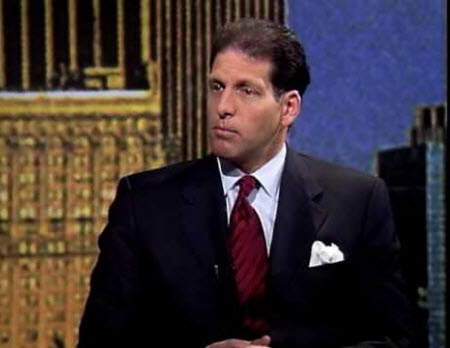Distributors’ Good Year Divides Stock Pickers

Prominent analyst Craig Moffett’s decision to downgrade Charter Communications stock to “neutral” last week was a bit of a contrarian move — most of the other analysts covering the sector rate the stock at a “buy” or equivalent — but it raises an important question about cable distributors overall: how long can the euphoria last?
Moffett still has high hopes for Charter, figuring the company will generate about $30 per share in free cash flow by the end of the decade and should meet integration targets for its recent purchases, Time Warner Cable and Bright House Networks.
Charter’s expected entrance into the wireless market could prove risky — both it and Comcast have said they have exercised their mobile virtual network operator (MVNO) rights with Verizon Communications — but that isn’t expected to have a material short-term impact on the stock.
The issue is whether Charter’s success and potential are already baked into its stock price.
“Given Charter’s strong [year-to-date] performance, it is now more difficult to see significant near-term upside for Charter’s stock,” Moffett, the MoffettNathanson principal and senior analyst, noted.
TARGETED AT $305
That said, Moffett still has one of the highest 12-month price targets (at $305 per share) on Charter, one of several distribution stocks that have performed well this year.
Multichannel Newsletter
The smarter way to stay on top of the multichannel video marketplace. Sign up below.
In the past 10 months, Charter shares have risen 27.3%, from $202.50 per share to $257.86 on Oct. 11. That’s only slightly behind Liberty Broadband, the vehicle that holds cable legend John Malone’s 27% interest in Charter, up 29.9% for the year.
The top performer so far this year is Cable One, up 35% to $584.80, mainly on speculation it could be a takeover target in an expected consolidation wave.
Comcast is in third place, up 15.1% to $64.96 per share on Oct. 11.
Even slower-growth stocks like AT&T, which purchased DirecTV in July 2015 and lost about 391,000 Uverse TV customers in the second quarter, and Verizon, which has seen customer additions for Fios TV product slow down, have seen their stocks rise.
Shares in AT&T are up about 14% so far this year to $39.33 from $34.41, while Verizon has risen 9% to $50.30 from $46.22.
Cable stocks have been on a phenomenal run since 2013, when Charter and Malone first goosed the market with their initial pursuit of Time Warner Cable. After a brief hiccup — the attempt by Comcast to buy TWC that was later abandoned — Charter sealed the deal last May.
Cable distribution stocks were up 50% in 2013, 15% in 2014 and 10% in 2015. So far this year, despite two fewer stocks in the mix, the sector is up about 25%. (Charter absorbed Time Warner Cable and Altice USA took in Cablevision Systems.)
Programmers, by contrast, have been hit hard due to uncertainty around over-the-top services, skinny bundles and falling ratings and ad revenue.
After a strong run in 2013, when the sector was up 52%, programming stocks began to slide in 2014 (down 1.7%) and fell 15.4% in 2015. So far in 2016, programming stocks are down 4%.
CASH RISE IN LATE 2017?
Other analysts still see runway for Charter. Telsey Advisory Group media analyst Tom Eagan raised his 12-month price target to $302. Eagan said new pricing and packaging slated for select TWC and Bright House markets in the second half of the year should be completed system-wide by mid-2017. Cash flow, expected to reach $13.96 billion by the end of this year, should rise to $15.3 billion by the end of 2017, according to Eagan’s estimates, fueled by cost synergies ($600 million in 2016 alone) and customer growth.
Eagan predicted Charter would add about 30,000 residential video subscribers and 1.75 million high-speed Internet customers in 2017.
Pivotal Research Group CEO and senior media & communications analysts Jeff Wlodarczak, who has had a “buy” rating on Charter since it came out of bankruptcy in 2009, still sees plenty of upside in cable stocks going forward, fueled by their broadband dominance. Wlodarczak also has a $350 per share target price on Charter.
“My cable thesis remains unchanged,” Wlodarczak said. Cable’s position as the primary provider of high speed Internet service to residential and commercial customers should allow cable companies to continue to “take data share, raise prices and create a halo effect for phone and TV additions,” he said.
